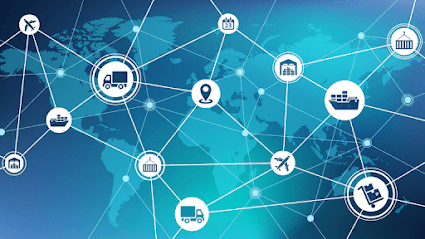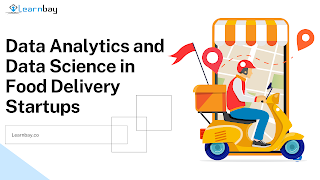Benefits of Data Science in Logistics
Here's a nice fact: logistics derives from the Greek word logos, which means reason. According to others, it even stood for "Practical Arithmetic." Currently, a large number of logistics service providers (LSPs) manage a significant flow of products and produce a vast amount of data in the process.
The one thing LSPs need to do is take advantage of the insightful insights the data may offer because they are responsible for millions of shipments every day and millions of related pieces of information. By using this knowledge practically, the holes in logistical operations may be filled. By doing so, we are reintroducing the phrase's reference to practical arithmetic.
Until recently, the logistics sector relied on antiquated manual procedures and rigid devices and machinery, missing out on productivity, lucrative prospects, and customer pleasure. But, that is altering.
The popularity of e-commerce, the development of digital technology, and the constant evolution of consumer tastes make logistics an ideal case study for data science. The LSP industry will undergo a major upheaval due to the integration of analytics, pertinent statistics, artificial intelligence (AI), and machine learning (ML) to examine trends and detect patterns. Learn how data science works in logistics by enrolling in the best data science course in Bangalore.
According to research by the Council of Supply Chain Management Professionals, data analytics are essential for making wise decisions for 98% of 3PL organizations and up to 93% of shippers. Using big data and data science efficiently will become "a key skill of their supply chain operations," according to over 81% of shippers and 86% of 3PLs questioned. Also, 71% of them think big data enhances performance and quality.
The logistics industry's use of data science
Increasing operational efficiency
Upholding operating standards and eliminating operational inefficiencies are two crucial objectives. Data allows you to keep track of changes to the operating cycle. Tracking and monitoring KPIs like cost, value, services, and waste on a regular basis can aid in disaster prevention and remedial action. Operational data and knowledge of data science make this feasible. Carrying out those tasks, will improve efficiency and offer transparency.
Improving forecasting
Producing more accurate results from predictive models will need dealing with more variables and analogies because the mean absolute percentage error is typically larger than 20% when using existing forecasting methods including time series analysis, simple or multiple regression, etc. By gathering data in real-time and evaluating data from many sources more quickly and accurately, data science may aid in improved predicting.
Route optimization
Finding the quickest route to a destination is a process known as route optimization. It assists in avoiding problems like the vehicle routing problem (VRP), which deals with the best path for a vehicle to take when delivering the goods to the consumer. The route-optimizing algorithm takes into account information such as the number of items requested, the distance between the pickup and delivery locations, the frequency of the order, etc. Data science may be used to quickly disseminate information and monitor the closest vehicle.
The number of orders, the weather, the average speed along the route, the quantity of fuel, and the length of time may all be used to discover trends. Big data also aids in more thorough and accurate travel habit analysis. Identification of pollutants, noise levels, traffic information, etc. will be made possible with the use of environmental data collected by the sensors mounted to the cars.
Route optimization may reduce CO2 emissions by 5% to 25%, boost mileage by 5% to 15%, reduce payroll costs, and cut time spent on planning and administration by 25% to 75%, according to statistics.
Customer satisfaction
According to a well-known Bain & Company research, raising client retention by merely 5% may boost profitability by 25%. Customer retention depends on knowing their preferences and likes and dislikes, however, this information is typically available but fragmented and overstuffed with extraneous details.
Data science may be used in this situation to enhance customer service, carry out explicit consumer segmentation, and foster client loyalty. Moreover, it spurs the development of CRM methodologies. Big data will offer a thorough understanding of client needs and service grades that may be leveraged to improve product grades.
Risk evaluation
Events and procedures that might disrupt the supply chain must be monitored and predicted. Data science will aid in the construction of a resilient transportation model by utilizing data, producing intelligent disruption predictions, and then notifying the appropriate stakeholders.
End-to-end visibility
It will be simpler to give end-to-end insight into the whole supply chain activities when data science is integrated with analytics, information from sensors, real-time monitoring, and 5G technology.
Conclusion
Without a doubt, data science and data analysis will become more important in the logistics sector. Data will be crucial in the future for tracking compliances, decreasing supply chain bottlenecks, optimizing the supply chain, and minimizing mistakes.
By offering straightforward answers to issues and enhancing visibility, analytics will improve operations, routes, and customer happiness. In fact, big data is about to alter logistics. Data is the energy of the 21st century, to use a current slogan. All you need to do is choose the best data science course in Pune and make yourself a domain expert in Logistics to help you reap the rewards.




Comments
Post a Comment